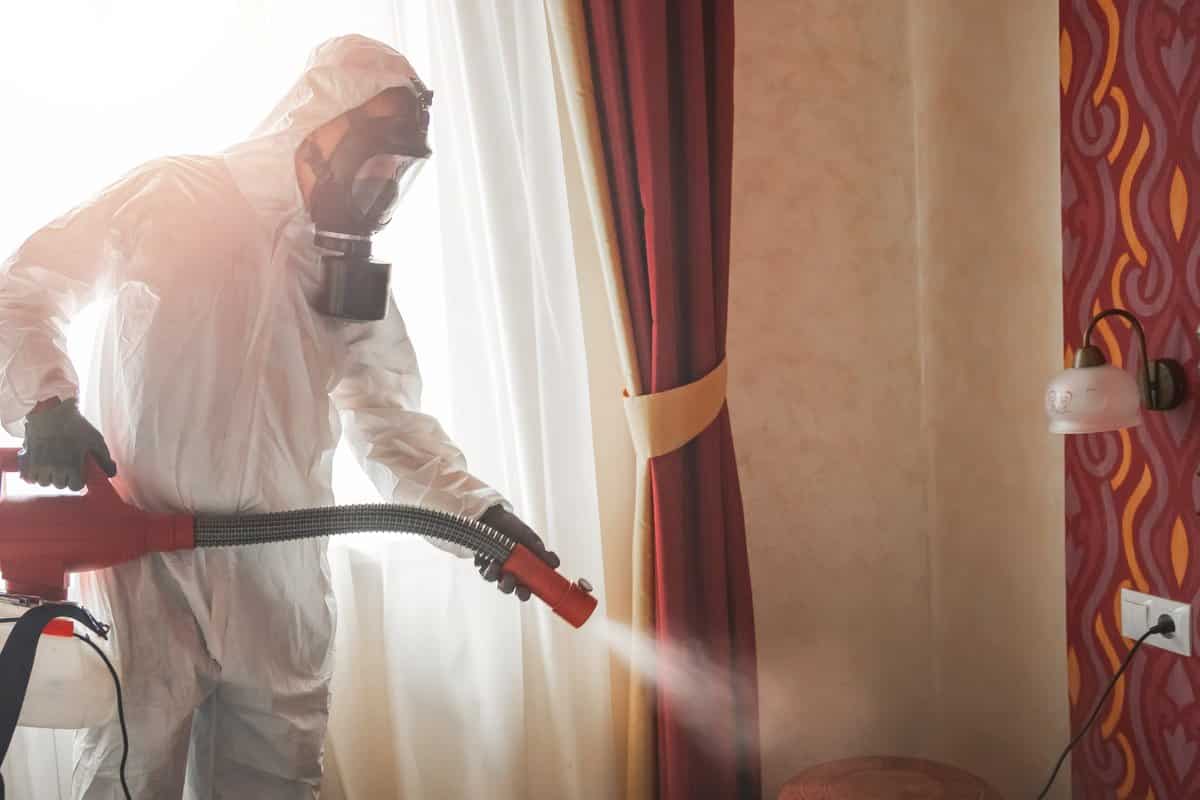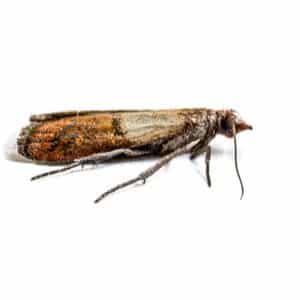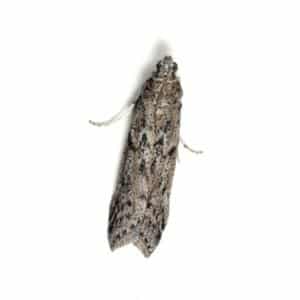Moth Control Solution
Ultimate Pest Control provides an industry-leading moth pest control solution. Our technicians' service Dublin, Kildare, Wicklow, and Leinster. We provide service to residential and commercial properties. Moth infestations can escalate quite quickly. And they can be quite tricky to treat. Therefore, it is advisable to hire a professional. Our technicians can eradicate infestations, quickly and effectively.
Moth Pest Control Solution:
- Inspection to Identify Moth Species
- Bespoke Moth Pest Control Treatment
- Preventative Advice
- Disinfection Services
- Follow up Service

All About Moths
Moths are nocturnal flying insects. There are over 160,000 species of moths. However, only 1,350 can be found in Ireland. But only two of these species are considered pests. The Case Bearing Clothes Moth and the Flour Moth.
The Clothes Moth infest natural materials. For example, wool, cotton, linen and silk. In fact, they even eat feathers and fur. However, it is not the adults that cause the damage. It is, in fact, the larvae eating the materials. Adults lay eggs on textiles. Once the eggs hatch, the larvae embed in the materials. Subsequently feeding on the keratin. As a result, they eat right through items.
The larvae are white caterpillars, with brown heads. They measure roughly 10mm. It takes 6 weeks to go from egg to adult. Adults lay 200 eggs in their 30-day lifespan. Consequently, an infestation can get out of control very quickly.
Flour Moths feed on stored foods. For example, cereals, nuts and flour. So they infest pantries, food cupboards and stock rooms. Both adults and larvae feed on the food.
Adults lay up to 400 eggs. They prefer to lay eggs in food items. For example in sugar, cereals, or flour. Adult flour moths live only a week or two. However, the larvae spend over two months developing.
Species of Moths Found in Ireland

Case Bearing Clothes Moth:
- Pale Silver/Grey and Brown with Spots
- 7mm in Length
- Larvae are White with Brown Heads

Flour Moth:
- Mottled Grey and Brown in colour
- 15mm in Length
- Larvae are Off-White with Brown Heads
The Dangers of a Moth Infestation
Moth infestations aren't exactly dangerous. As they do not bite or sting. However, a flour moth infestation can be worrying. As they contaminate food with eggs, larvae, and faeces. Which if consumed, can result in illness.
Clothes moths are more destructive than dangerous. They feed on clothes, carpets, and even couches. Subsequently, destroying them. Replacing damaged items can be expensive.
Other Species of Moths in Ireland:
Do you have a Moth Infestation?
Clothes Moth infestation:
- Holes in clothes and upholstery
- Patches in carpets usually found in areas of low traffic
- Small, crusty accumulations on fabrics. Usually the same colour as the fabric
- Tiny tubes clinging to the material. These are the cases the larvae make and live in
- Seeing moths around stored fabrics. They either fly or crawl away when disturbed.
Flour Moth infestation:
- Finding holes on food packaging
- Finding webbing on food products or in cupboards
- Examine the food. Unusual clumping or stickiness could mean moth larvae is present. Additionally, an unusual smell is a sign of an infestation
- Finding moths in pantries or cupboards. However, the absence of moths doesn't mean any infestation. They are good at hiding. And there still could be larvae present.
Can I Prevent a Moth Infestation?
Rest assured there are ways to prevent a Moth infestation!
Prevent Case Bearing Clothes Moths:
- Store textiles in sealed bags. We would advise using vacuum-sealed bags
- Ensure textiles are cleaned before storing them. Clothes moths are attracted to soiled items. However, they will take whatever textile is available
- Regularly vacuum and clean rarely used areas. For example storage areas, attics and spare rooms.
Prevent Flour Moths:
- Always maintain a clean kitchen
- Inspect packaged food for signs of infestation for buying them. For example check for holes or clumping
- Store cereals and flour in airtight containers. Specifically glass, metal or hard plastic
- Do not store dried pet food in the kitchen. Pet food is less regulated than human food. Therefore it is more likely to be infested.
